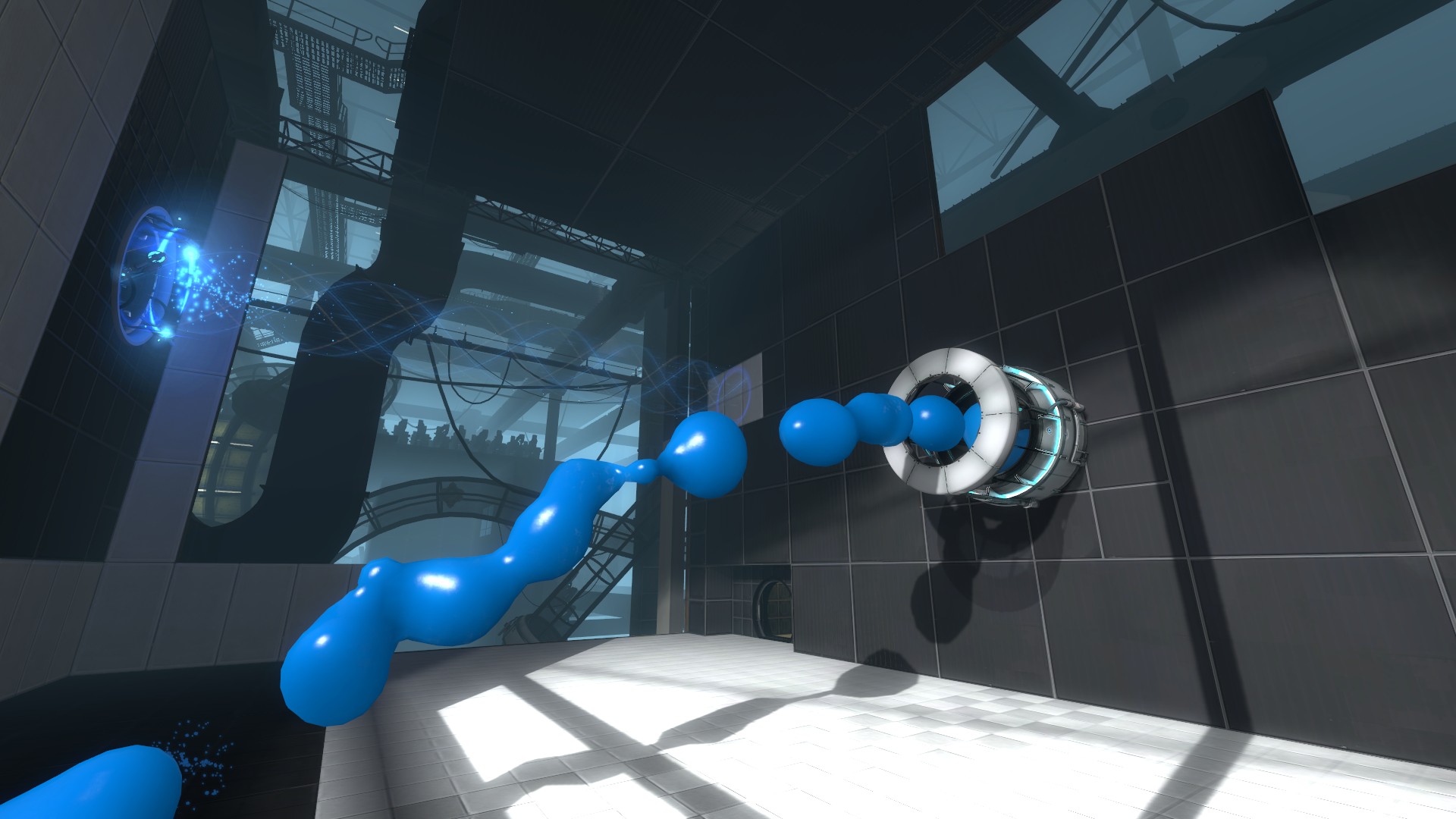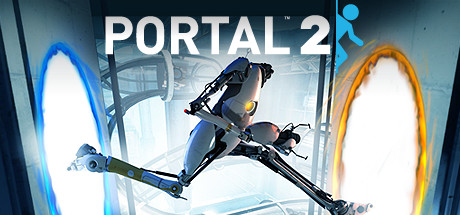Top 12 reasons Portal 2 still feels like a lab experiment that went right
Release date: April 18, 2011 — yes, it has been around long enough to gain a few wrinkles in its manuals and a cult of polite turrets.
1. GLaDOS and a story that actually matters
- Portal 2 turns what could have been a string of clever mazes into a genuine narrative ride. You wake from stasis, meet the gloriously sarcastic GLaDOS, and suffer Wheatley’s well-meaning mistakes. As the plot unfolds, you peel back Aperture’s decline. It blends dark humor with melancholy, and the tonal tightrope mostly lands on its feet.
2. Inventive new puzzle toys
- Valve didn’t just add more rooms — they rewrote the rules. Funnels, gels, hard light bridges, and redirectable lasers expand portal grammar. Puzzles stop being “place two portals” and become combinatorial playgrounds. As a result, they reward pattern recognition and lateral thinking instead of pure reflexes.
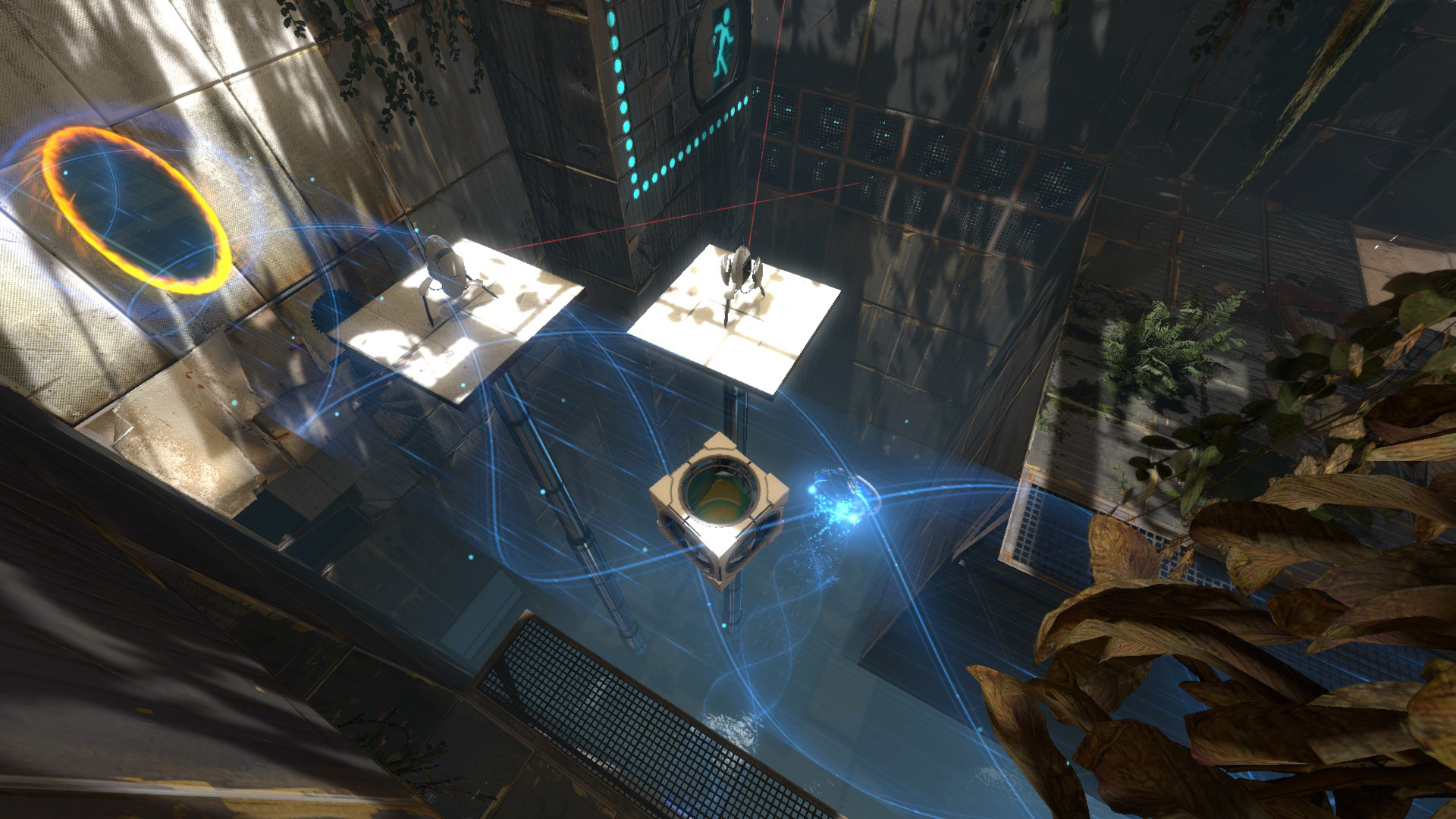
3. Co-op that’s a self-contained masterpiece
- The two-player campaign is not a bolt-on. It has its own pacing, characters (Atlas and P-Body), and lessons in teamwork. These chambers require synchronized movement, shared timing, and trust. When things go wrong, the blame is usually deserved.
4. The Perpetual Testing Initiative & level editor
- The game shipped with editing tools and later added Steam Workshop support. This turned the community into a design studio. As a result, user maps range from fiendishly clever to gloriously broken — and that’s part of the fun.
5. Physics that teach you tricks (and speedrun tech)
- “Portal momentum” evolved from curiosity to a speedrunning subculture. The physics allow you to conserve velocity, fling across atriums, and break sequences. This satisfies players who see efficiency as artistry.
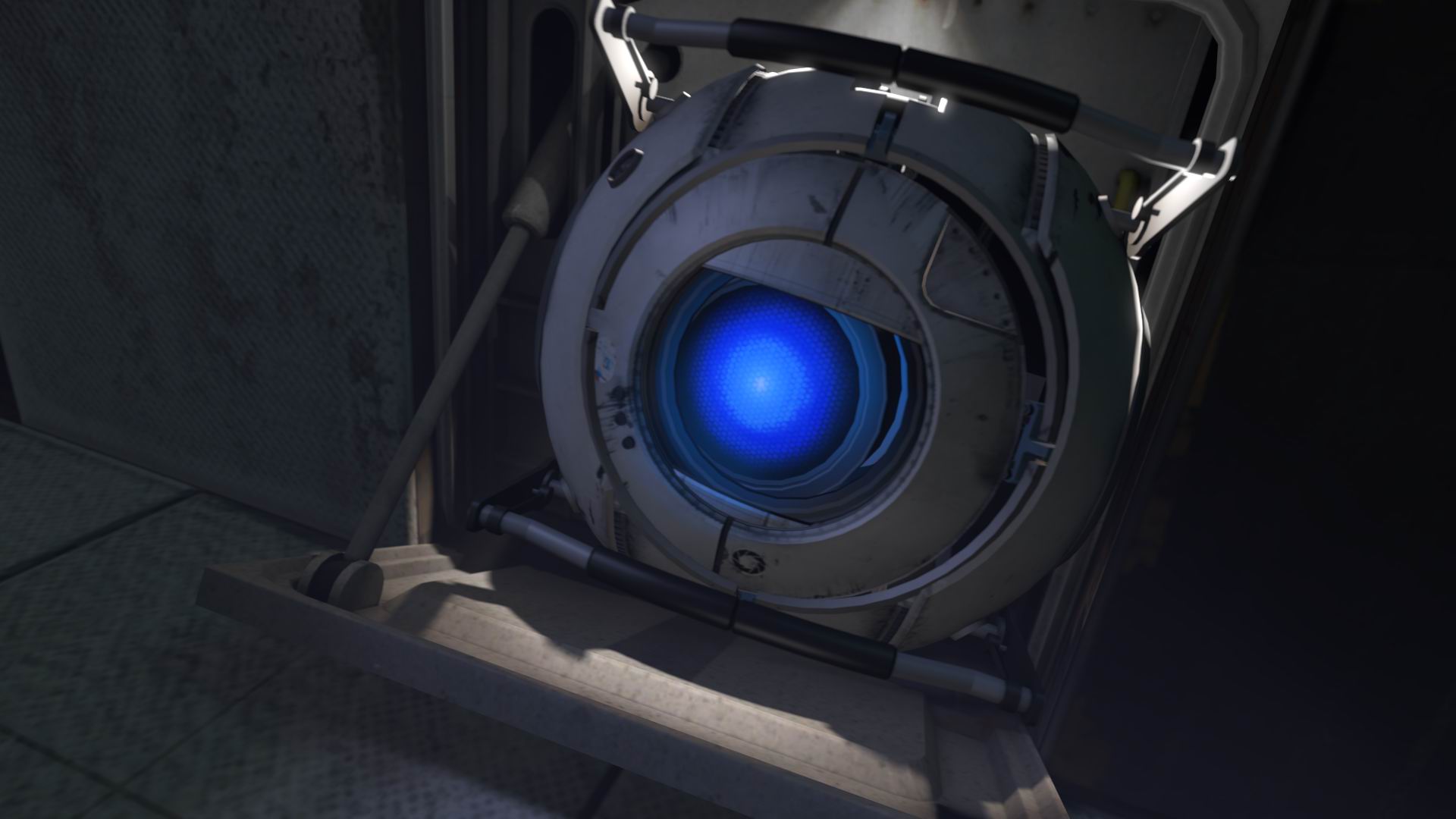
6. Voice acting and writing that bite
- Ellen McLain returns as GLaDOS, and Stephen Merchant’s Wheatley nails comic timing. The script delivers sardonic one-liners and creeping pity. Even the song is one you won’t skip. Because of this, every puzzle feels like a scene in a play.
7. Audio and music that sell mood, not just beats
- From ambient mechanical groans to Jonathan Coulton’s “Want You Gone,” the soundscape sells both comedy and melancholy. Audio cues also guide you through puzzle states without hand-holding.
8. Visuals with character and readable design
- Aperture shifts from sterile chambers to collapsing industry. The visual language remains clear so you know each element’s function. Meanwhile, the decay and scale add drama and support the story.
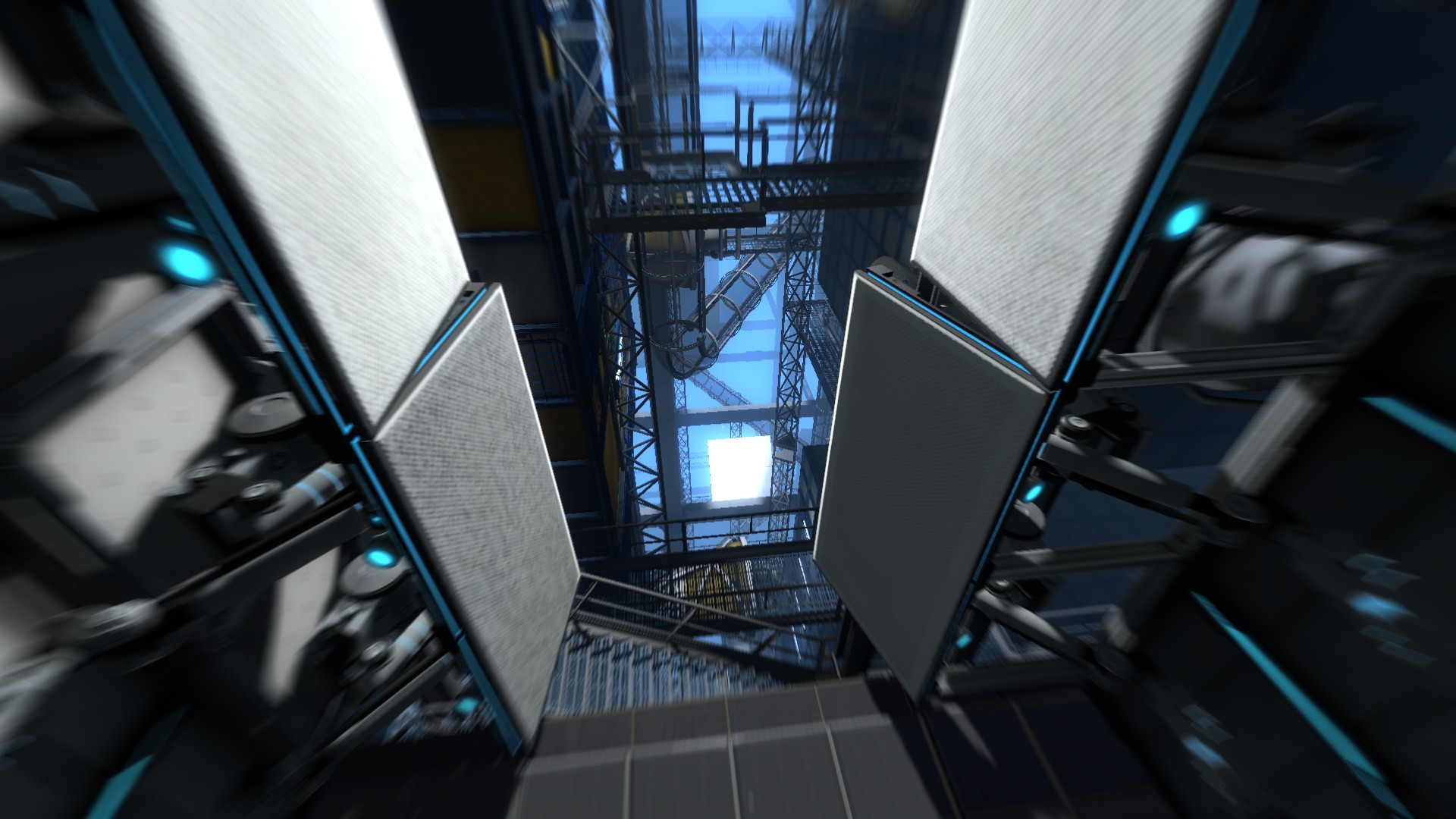
9. Accessibility of core concepts
- The game teaches rules gently before expecting mastery. Early chambers act as tutorials; later ones test fluency. As a result, it’s friendly to newcomers yet rewarding for completionists.
10. Replayability via creativity, not grind
- After the story, replay value comes from co-op, community maps, and daring speedrun lines. The campaign avoids grind and instead becomes a toolkit for invention.
11. Industry impact: raised the bar for puzzle narratives
- Portal 2 didn’t invent the puzzle‑narrative blend, but it polished it to a mirror finish. Its success validated that puzzles can be vessels for character and story — not just minigames between cutscenes — and that cooperative puzzle design can be as narratively rich as single‑player campaigns.
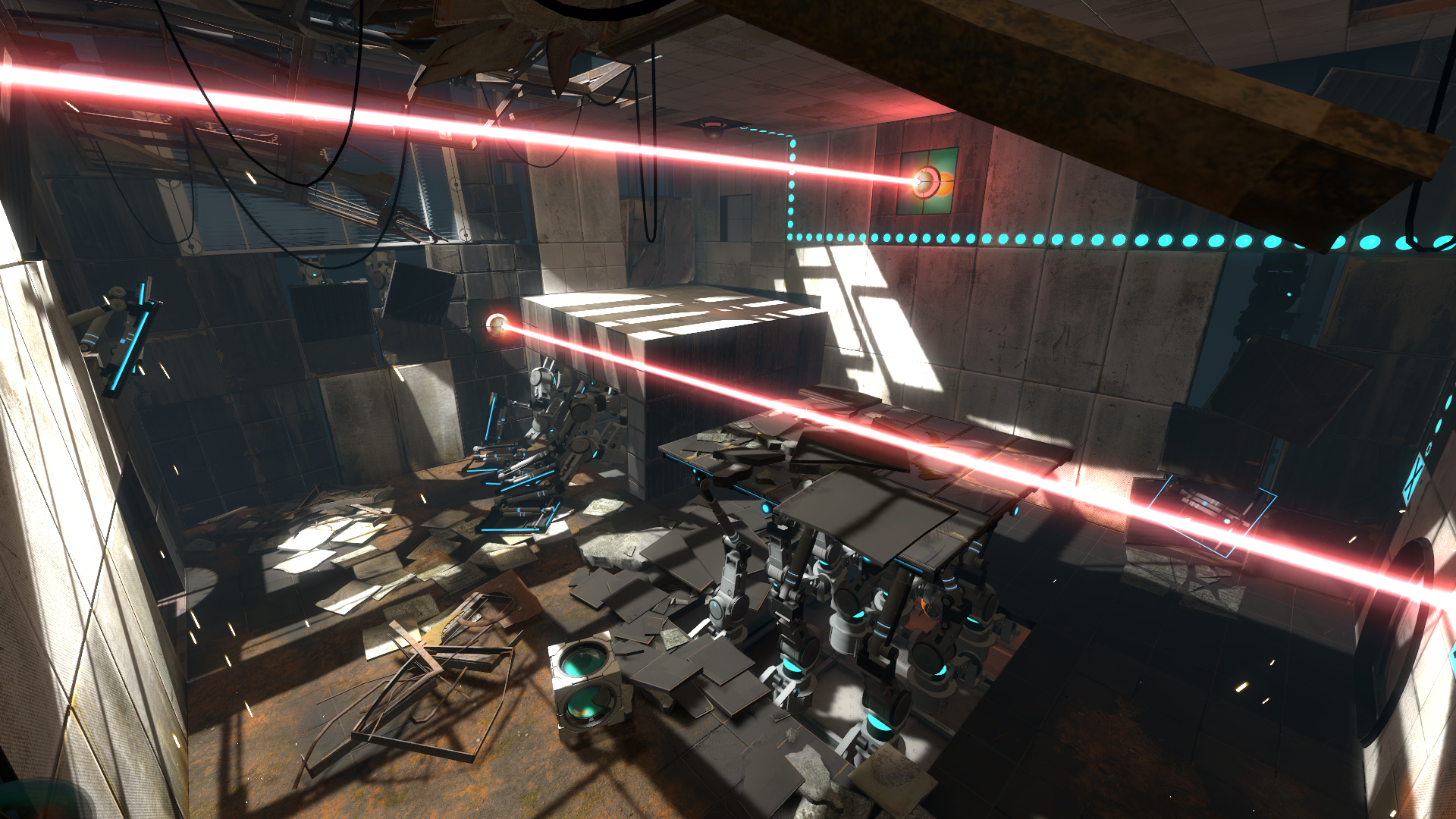
12. Polish with a few rough edges
- Yes, it’s nearly flawless, but not immaculate. Some players note small technical hiccups on certain platforms, the pacing can feel sluggish in mid‑act expanses, and a tiny minority find late puzzles thematically repetitive. The co‑op mode, brilliant as it is, depends on having a willing and competent partner — solo players might feel left out until they try the single campaign or community maps.
What the community reviews tell us (numbers and nuance)
Steam snapshot: “Overwhelmingly Positive” — 98% of 2,773 recent reviews, and 98% of 366,236 all‑time reviews. The preliminary rating field is listed as N/A out of 10, which is Valve’s way of reminding us that percent approval and a numeric score tell different stories.
- Strengths highlighted by players: writing and voice acting, inventive puzzles, memorable set pieces, and a thriving Workshop that keeps the game fresh.
- Common criticisms: occasional platform‑specific bugs, pacing hiccups between major acts, and the recognition that once you’ve seen every canonical puzzle type the main campaign’s novelty tapers off (which is partly why the Workshop matters).
- Why the 98% matters: that level of approval across hundreds of thousands of reviews signals not just initial hype but long‑term player satisfaction. This isn’t a cult hit that fades; it’s a durable favorite.
- Why N/A for a numeric rating isn’t a problem: Portal 2’s strengths are multifaceted — narrative, humor, design, community tools — that resist a single number. The percentage approval combined with qualitative praise gives a clearer picture.
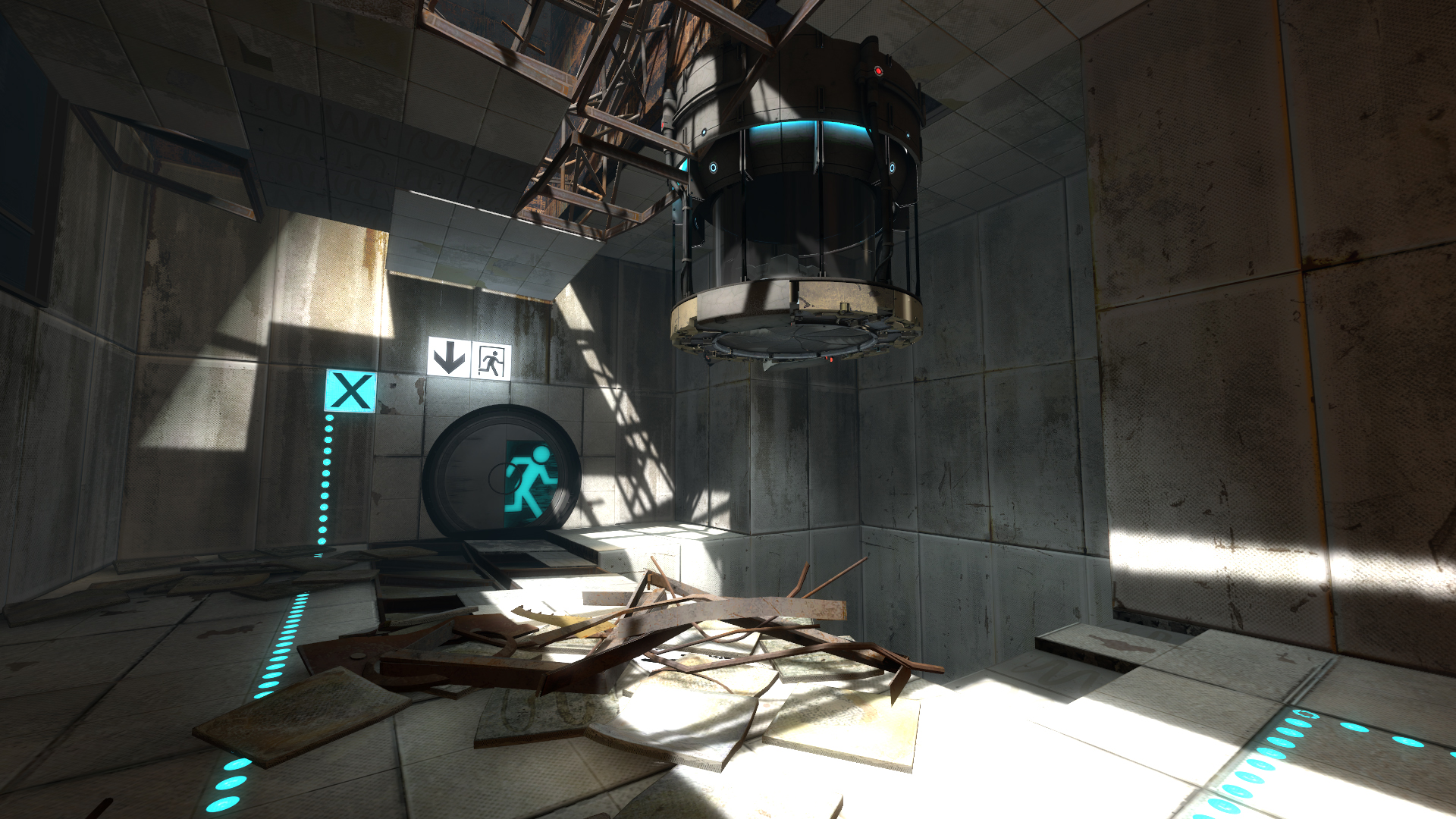
Final read: who should play Portal 2 in 2025 (and why)
Play it if you like smart puzzles, deadpan humor, tight audio/visual design, co‑op that’s more than split‑screen busywork, and a level editor that turns you into a hobbyist designer.
Maybe skip or wait if you’re allergic to slow act II pacing, demand ultra‑long campaigns, or absolutely refuse to cooperate with a friend.
Final Thought
Portal 2 is the kind of sequel that could’ve just added more boxes to push — instead it taught the boxes to sing, argue, and occasionally explode. It’s stitched into the DNA of modern puzzle design, and if you’ve never played it: congratulations, you’ve still got surprises waiting. If you have, you’ve still got the Workshop and a small, quiet joy in flinging yourself off a catwalk with perfect arc momentum. Science wins again.
